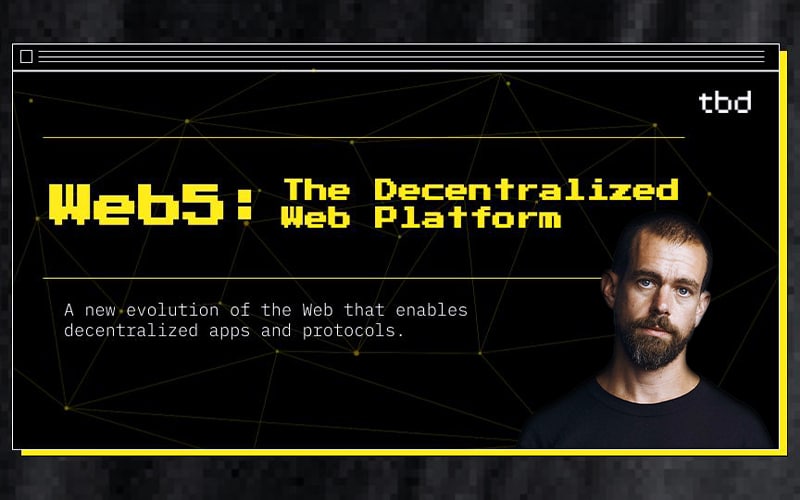Even while we were still getting our head around Web3, Jack Dorsey has now announced Bitcoin Blockchain-based Web 5!
The decentralized web platform, Web 5 will be a combination of Web2 and Web3.
During the announcement, a twitter user asked Dorsey “what makes Web3, from your perspective, not decentralized enough that you believed there needed to be this next stage via what you’re calling Web 5?”
Dorsey responded to this by saying that Web3 is the basis on single point of failure systems (eth, solano, *) and lies being told to people about who owns and controls it.
Jack Dorsey has always been suspicious of Web 3. For him, Web3 has never been “decentralized” or owned by its users, but instead by several capitalists and limited firms.
The applications built for Web 5 will store users’ data with users and not in ‘app silos’. With Web5, individuals’ interests will be the focus and they will be empowered with self-owned identity.
But how does a user store their data with themselves, well Web3 provides an identity wallet for that purpose!
By holding a digital wallet, users can safely manage their identity, data, and authorizations for external applications. With the help of the wallet, one can sign in to a new decentralized social media app without having to create a profile.
Thus, all the connections, and posts will be stored with the user, in their decentralized web node. With Web5 users can switch apps without any fuss and take their social identity with them.
As per The Block Head (TBD), The Decentralized Web Platform (DWP) will help developers to write Decentralized Web Apps (DWAs) using Decentralized Identifiers (DIDs) and Decentralized Web Nodes (DWNs). This is how one will have complete control over their data and identities.
The founding trio of Web5 will be:
- Decentralized Identifiers (DID) will authenticate decentralized identity.
- Verifiable credentials (VC) will take care of cryptographic presentation of data and verification of data.
- Decentralized Web Nodes (DWN).
On the announcement of Web 5, TBD said “Identity and personal data have become the property of third parties. Web 5 brings decentralized identity and data storage to individuals’ applications. It lets developers focus on creating delightful user experiences, while returning ownership of data and identity to individuals.”






